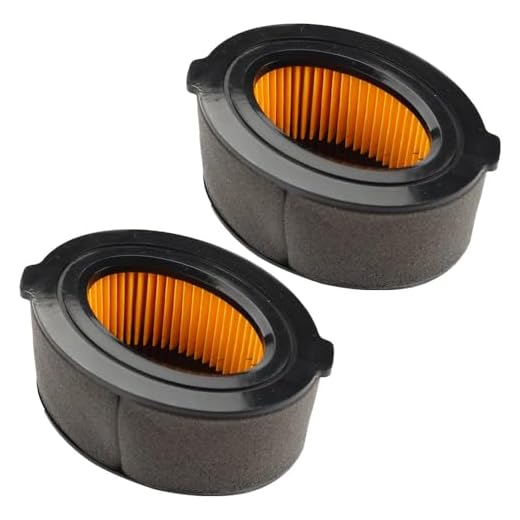



Regularly checking filters is a straightforward yet impactful step to maintaining optimal performance. Blocked filters restrict water flow, which can lead to reduced efficiency or even damage to the motor. Ensure you clean or replace the filters every few months, especially if you use the device frequently.
Pay attention to the nozzle types. Each cleaning task requires a specific nozzle, from high-pressure for tough stains to wider spray for delicate surfaces. Using the wrong nozzle not only hampers cleaning effectiveness but may also cause harm to both the appliance and the surfaces you’re cleaning.
Inspect power cords and hoses for wear. Frayed wires or cracked hoses can present safety hazards and significantly diminish your cleaning appliance’s functionality. Address any issues immediately by replacing damaged parts to ensure safe operation.
Winterisation is crucial to prevent internal freezing. If you live in an area with harsh winters, ensure all water is drained from the unit and follow manufacturer guidelines for proper storage during colder months. This simple step can prevent costly repairs and prolong the life of your model.
Last but not least, use the recommended detergents for your cleaning unit. Harsh chemicals can damage internal components. Always opt for products specifically designed for your machine, ensuring thorough cleaning without compromising the integrity of the equipment.
Understanding the Components of Your Cleaning Equipment
Familiarising yourself with the individual parts of your cleaning device will enhance both its performance and longevity. The core components include the motor, pump, spray gun, hoses, and nozzles. Each section plays a significant role in achieving optimal results.
Motor and Pump
The motor acts as the heart of the unit, delivering power to the pump, which generates water pressure. Regular inspection of these elements helps in identifying any wear and tear. Ensure that connections are secure and check for any unusual noises during operation. If performance diminishes, it may indicate the need for professional servicing.
Spray Gun, Hoses, and Nozzles
The spray gun allows for easy manoeuvrability and control over water flow. Inspect seals and trigger mechanisms for leaks. Hoses should be free of kinks and abrasions to maintain proper function. Different nozzles provide various spray patterns, so switch between them as needed for different tasks. Keep them clean to avoid clogs and ensure a consistent spray.
By regularly monitoring these components, you can extend the lifespan of your equipment and ensure it operates at peak efficiency.
Regular Maintenance Tasks for Optimal Performance
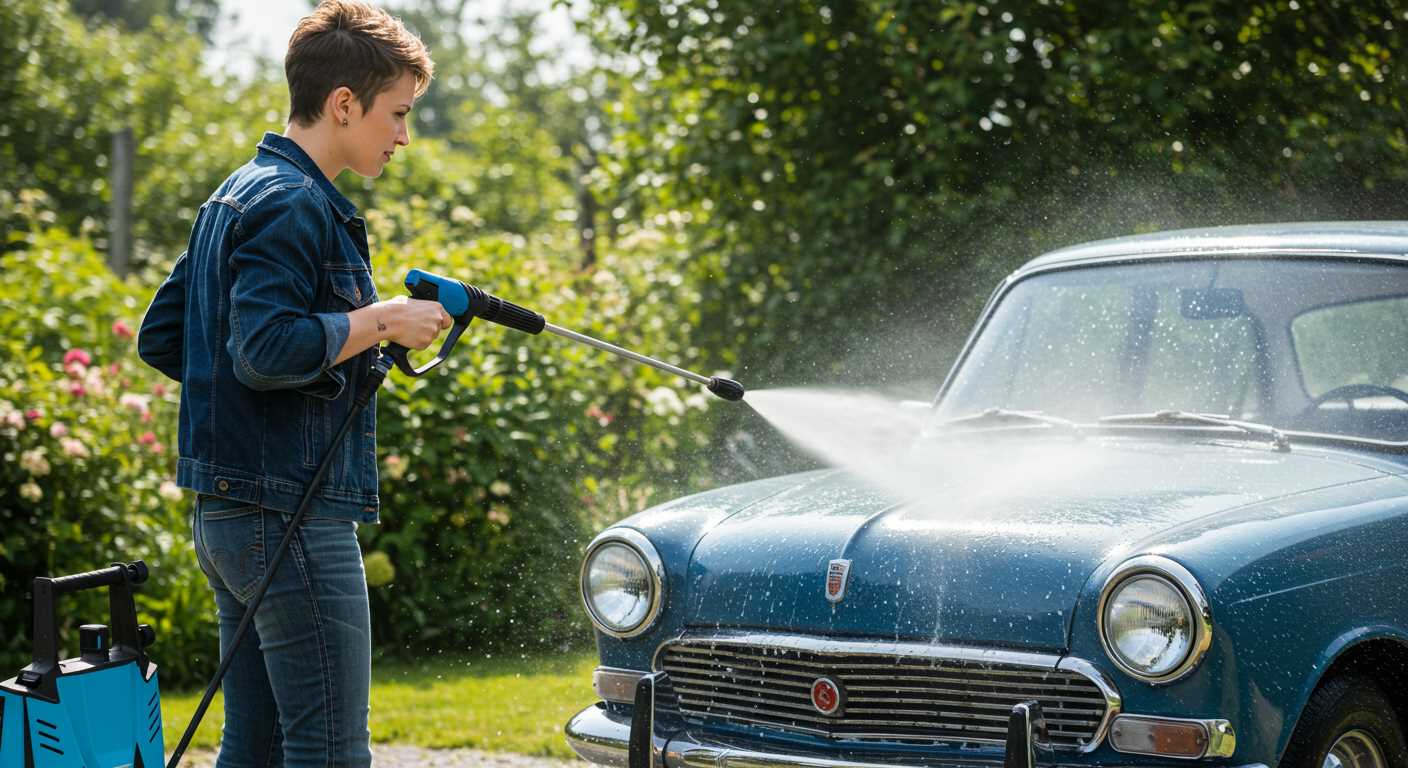
Inspect and clean the water inlet filter monthly to prevent blockages that can hinder operation. Remove the filter, rinse it under running water, and ensure it’s free of debris before reassembling.
Check and replace high-pressure hoses if you notice cracks or significant wear. I recommend inspecting these hoses every few uses and changing them if any damage is detected, as it ensures safety and efficiency.
Monitor the nozzle to ensure it remains unobstructed. Regularly clear any buildup from the spray tip using a small pin or nozzle cleaner to maintain the proper spray pattern.
Change the oil in the pump according to the manufacturer’s guidelines; typically, this is required after the first 50 hours of use and then every 100 hours. This step is crucial for the longevity of the pump.
Check the power source and cables for signs of wear or damage, especially if operating in harsh environments. Replace any frayed cords immediately to avoid potential hazards.
Before long-term storage, drain any remaining water from the system and add a pump protector to prevent freezing and corrosion during cold months. Run the machine briefly with the protector to ensure it’s circulated properly.
Clean the exterior regularly with a damp cloth to prevent dirt buildup that could lead to mechanical issues over time. Simple maintenance of the outer casing helps prolong the life of the equipment.
Cleaning and Replacing the Filter
Regularly cleaning and replacing the filter ensures optimal water flow and prevents debris from clogging the system.
Cleaning the Filter
Follow these steps to clean the filter effectively:
- Turn off the machine and disconnect it from the power supply.
- Locate the filter, usually positioned near the water inlet.
- Remove the filter by twisting or pulling, depending on the model.
- Rinse the filter under running water to dislodge dirt particles.
- If necessary, use a soft brush to scrub any stubborn debris.
- Allow the filter to air dry completely before reinstallation.
Replacing the Filter
Replace the filter if it appears damaged or excessively clogged. Here’s how:
- Ensure the machine is powered off and disconnected.
- Carefully remove the old filter from its housing.
- Obtain a new filter compatible with your model from a reliable source.
- Insert the new filter into the housing, ensuring a snug fit.
- Reconnect the unit to the power supply and conduct a brief test to verify functionality.
Regular maintenance of the filtration system leads to sustained performance and longevity of the equipment.
Winterising Your Pressure Equipment: Step-by-Step Guide
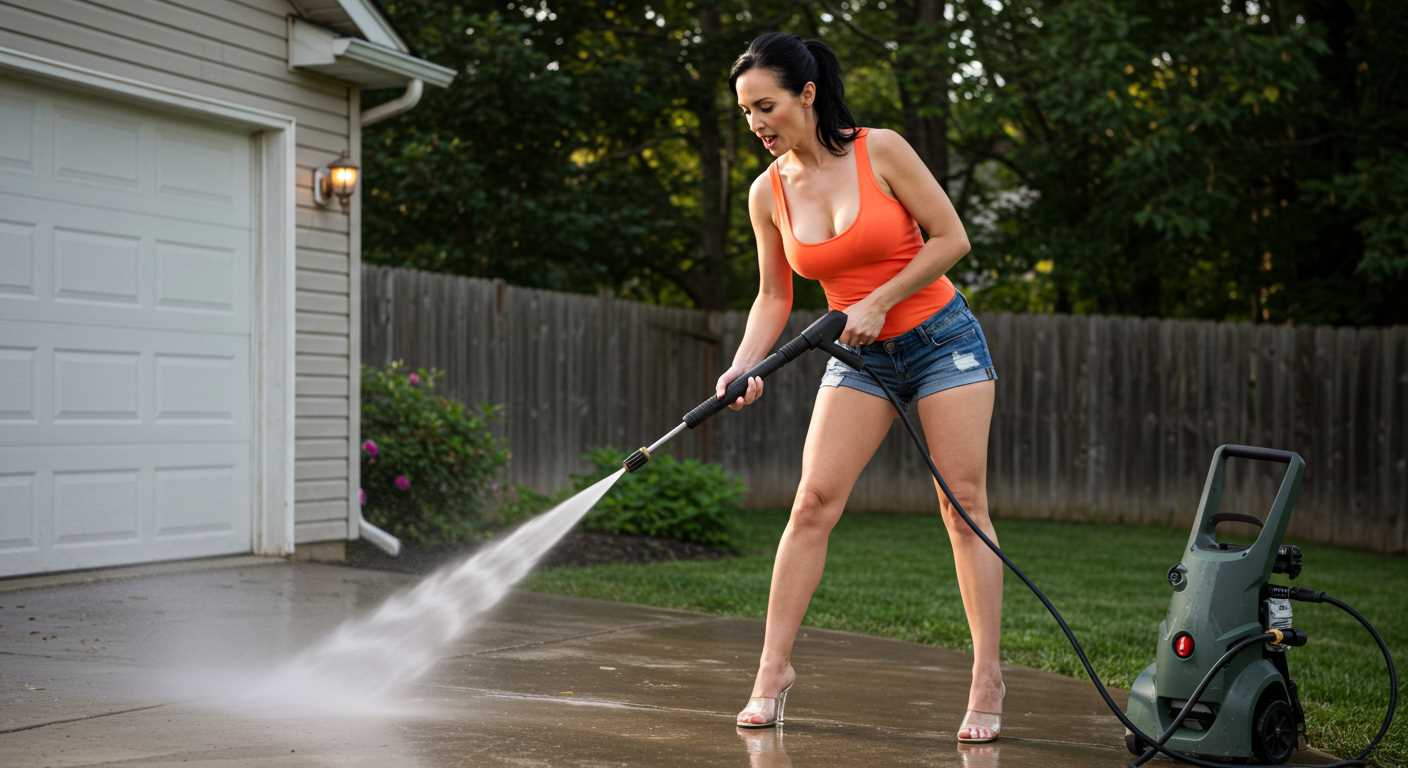
Begin by disconnecting the water supply and power source from your device. This step ensures safety while preparing for seasonal storage. After disconnecting, ensure the unit is completely drained of any remaining fluid.
Draining and Flushing
Next, proceed to run the machine briefly without water. This action pushes out residual liquid from the pump and hose, preventing freeze damage. It’s crucial to allow the motor to run for about two minutes to ensure complete drainage.
Afterward, attach a garden hose to the inlet, turning on the water to flush any impurities or detergent. Once finished, disconnect the hose and repeat the initial draining process.
Adding Storage Solution
Purchase a winterising fluid specifically designed for your equipment. This solution protects internal components from freezing temperatures. Pour this fluid into the inlet until it flows out from the nozzle, creating a protective barrier against moisture.
Finally, ensure all accessories and attachments are stored in a dry, sheltered location. Cover your equipment with a breathable tarp or protective cover to shield it from dust and debris during the offseason.
Troubleshooting common issues with your cleaning unit
If the motor won’t start, check if the power supply is functioning correctly. Confirm the power cord is intact and firmly connected. In case of tripped breakers, reset them and ensure the outlet is working. If the motor hums but won’t operate, a faulty capacitor may need replacement.
Water flow problems
Low water flow could indicate a blocked nozzle or hose. Inspect and clean the nozzle carefully, ensuring water can flow unobstructed. If the hose is kinked or damaged, straighten it out or replace it to maintain optimal pressure.
Inconsistent pressure
When dealing with fluctuating pressure, verify that the termostat and unloader valve function properly. Adjust the pressure settings as required, ensuring the right configuration for the task at hand. Should issues persist, internal components might need checking for wear or damage.
Consider the following actions for various malfunctions:
- Investigate leaks around connections; tighten or replace seals as necessary.
- Inspect the motor for unusual noises which may signal impending failure.
- Clean filters regularly to avoid clogging, which can hinder performance.
- Monitor for overheating; allow the unit to cool down before resuming use.
Taking these steps will help ensure your equipment operates smoothly, maximising its lifespan and efficiency.
Storing Your Pressure Cleaning Equipment Safely and Correctly
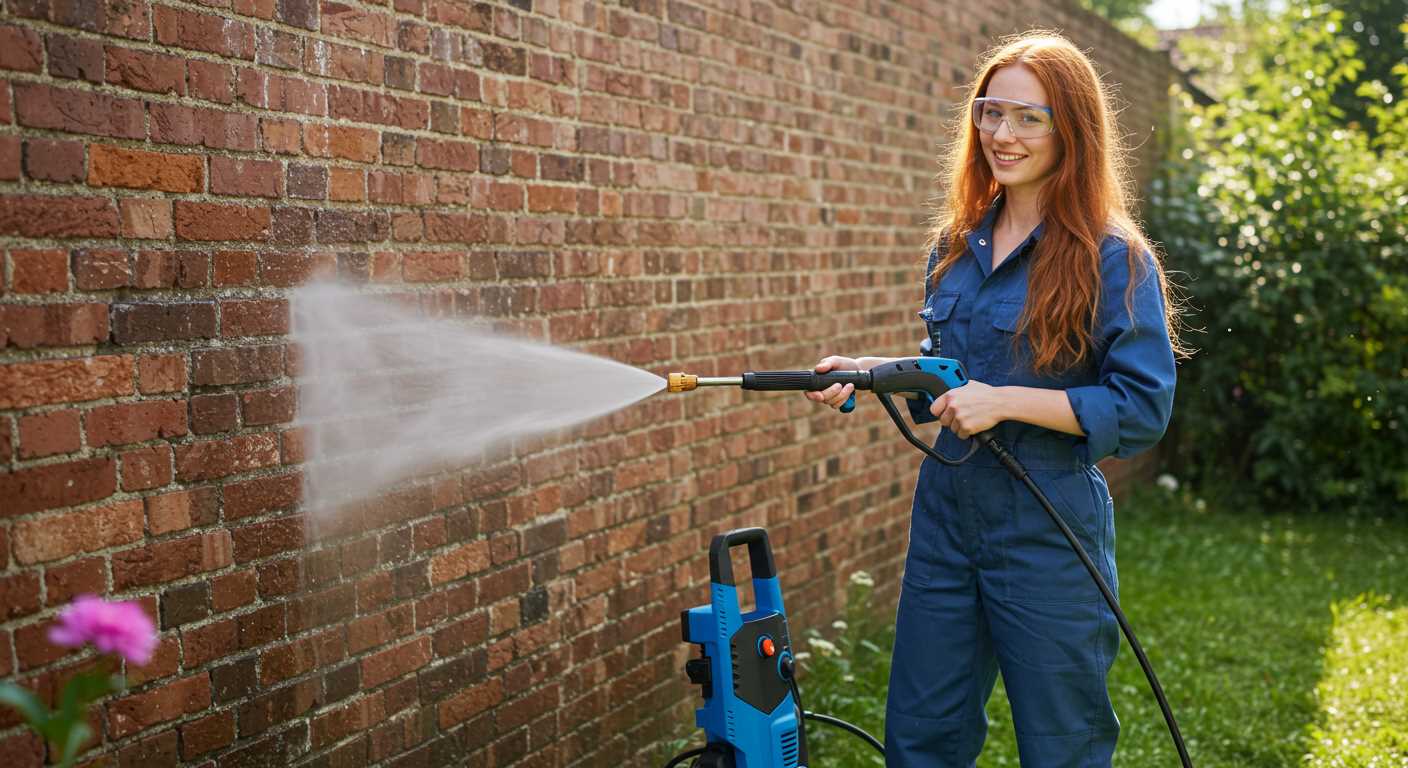
After each use, rinse the equipment thoroughly to prevent soap and dirt residues from corroding components. Once cleaned, ensure it is completely dry before storage.
Storage Environment
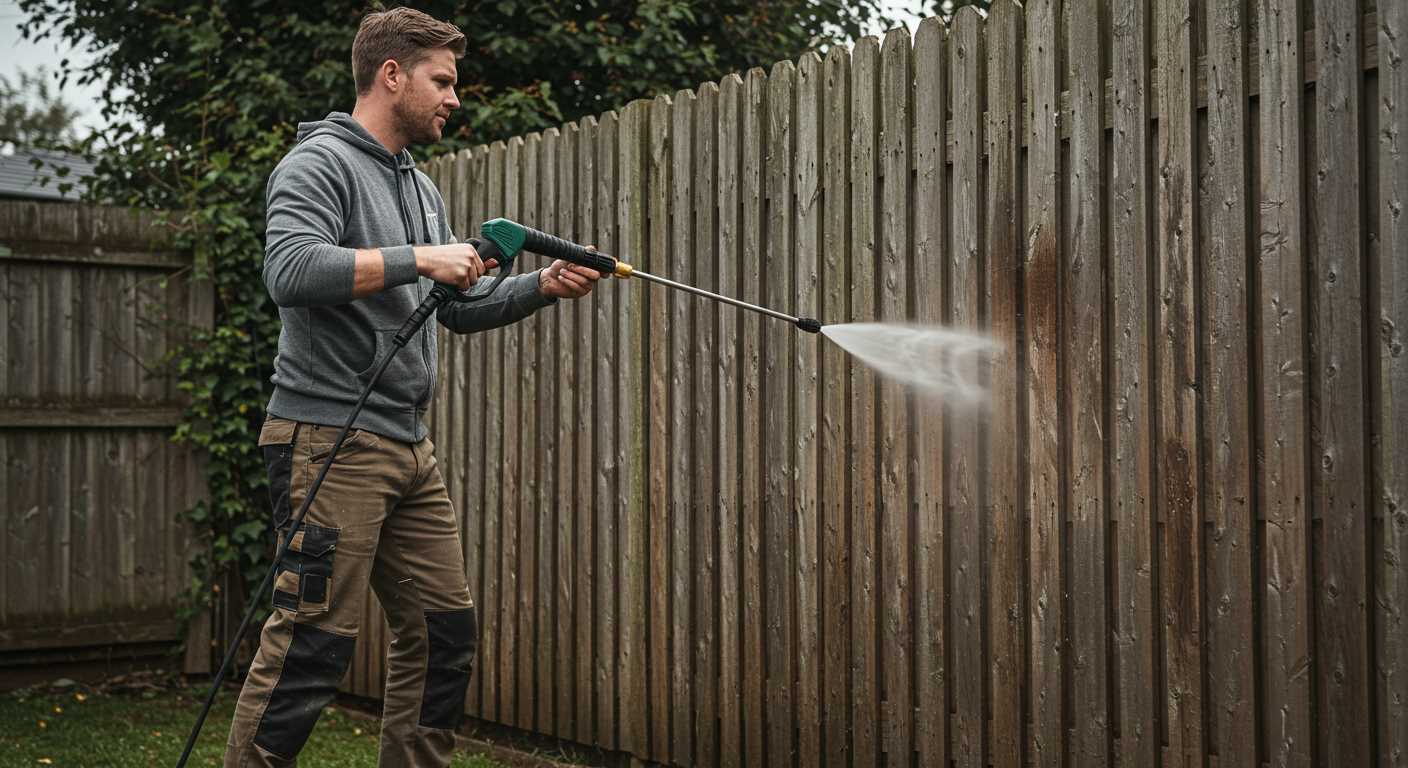
Choose a location that is clean, dry, and well-ventilated. Avoid areas exposed to extreme temperatures or direct sunlight, as these conditions can degrade the materials. If possible, keep the unit in a climate-controlled space.
Storage Protocol
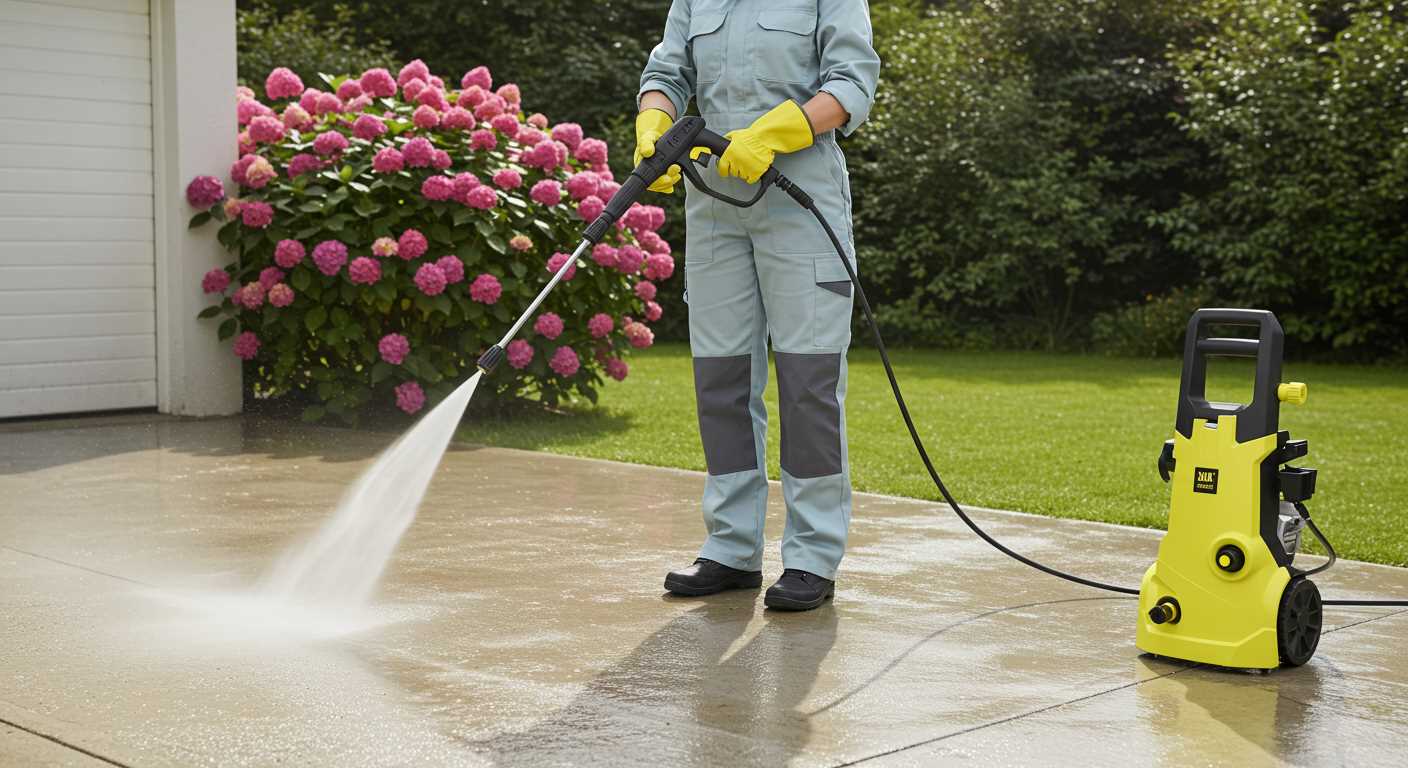
Follow these steps for optimal storage:
| Step | Action |
|---|---|
| 1 | Disconnect the water supply and electrical cords to prevent any accidental activation. |
| 2 | Remove any nozzles or attachments, cleaning them separately before storing. |
| 3 | Wind hoses loosely to avoid kinks and arrange them alongside the unit. |
| 4 | Cover the equipment with a protective tarp or dedicated cover to guard against dust and moisture. |
| 5 | Check the manufacturer’s guidelines for storing any remaining fuel or oil if applicable. |
Regular inspections during storage periods can help spot any issues early. Keeping it clean and stored correctly will prolong its life and maintain its performance.
Best practices for using detergents and additives
Select appropriate cleaning solutions specifically designed for your equipment’s application. For general cleaning, a mild detergent will suffice, while for grease or oil stains, opt for specialised degreasers. Always check the manufacturer’s recommendations to prevent any damage to components.
Dilute concentrated detergents according to the instructions, ensuring that excess residue does not compromise performance. Using undiluted solutions can lead to clogs in the system, affecting the machine’s output.
Utilise a low-pressure setting when applying detergents. This prevents foaming too rapidly, allowing the solution to penetrate the surface effectively. A thorough rinse at higher pressures post-application removes any residual detergent, maintaining cleanliness.
Pay attention to the environment during the cleaning process. Avoid using harmful chemicals near water sources to prevent contamination. Where possible, opt for biodegradable detergents, which are less harmful to the ecosystem.
Store detergents in a cool, dry place, out of direct sunlight. Ensure containers are tightly sealed to prevent spills or evaporation. Regularly check for any signs of damage or expiry to maintain the efficacy of cleaning agents.
If you’re using additives for specific purposes, like foam boosters, confirm compatibility with your cleaning equipment. Some additives can enhance cleaning but can also cause issues if not used correctly.
Finally, clean the detergent tank and nozzles periodically to prevent build-up that can impair function. Regular inspections ensure that any residues or blockages are dealt with promptly, maintaining optimal performance for future use.







